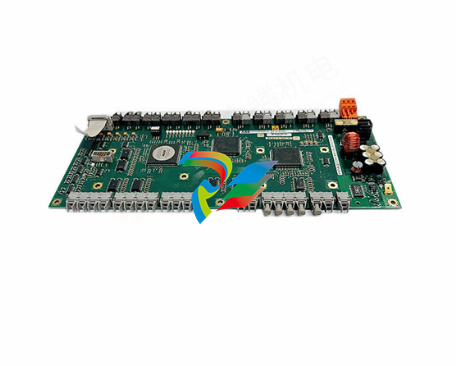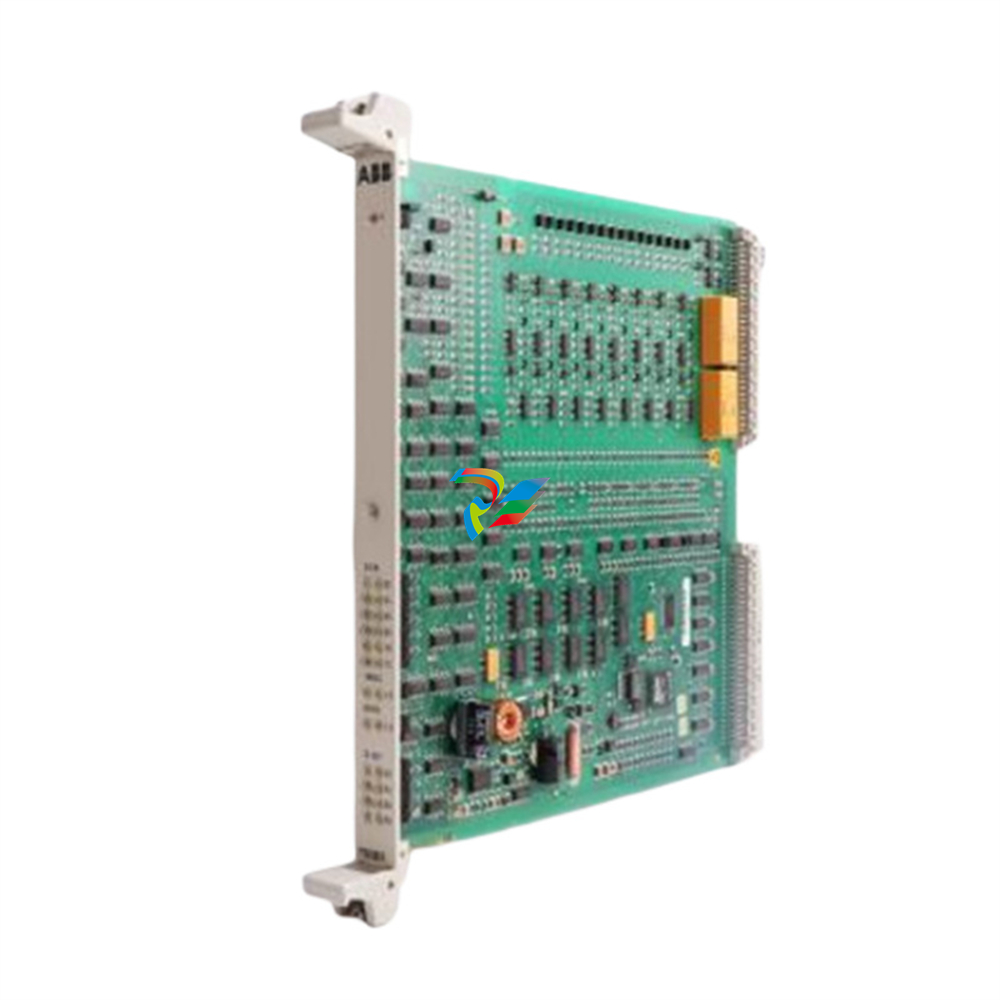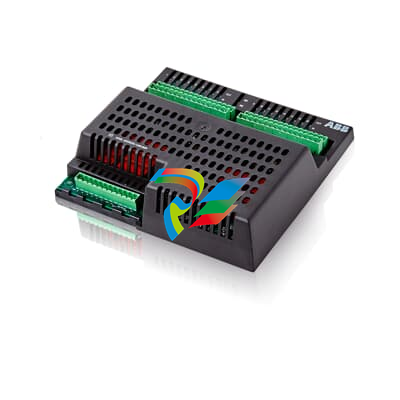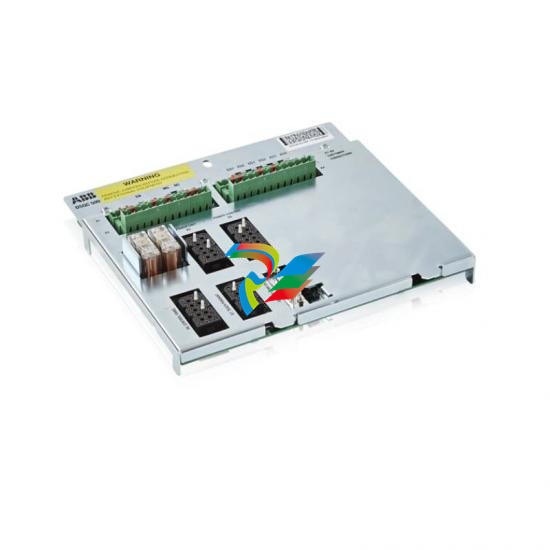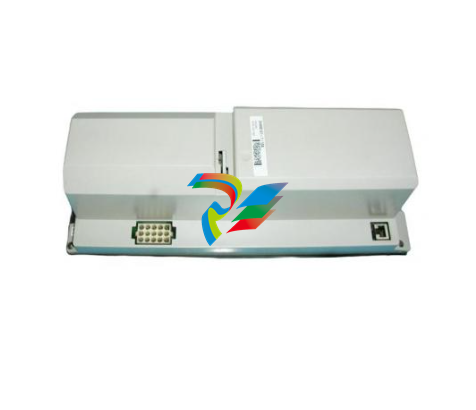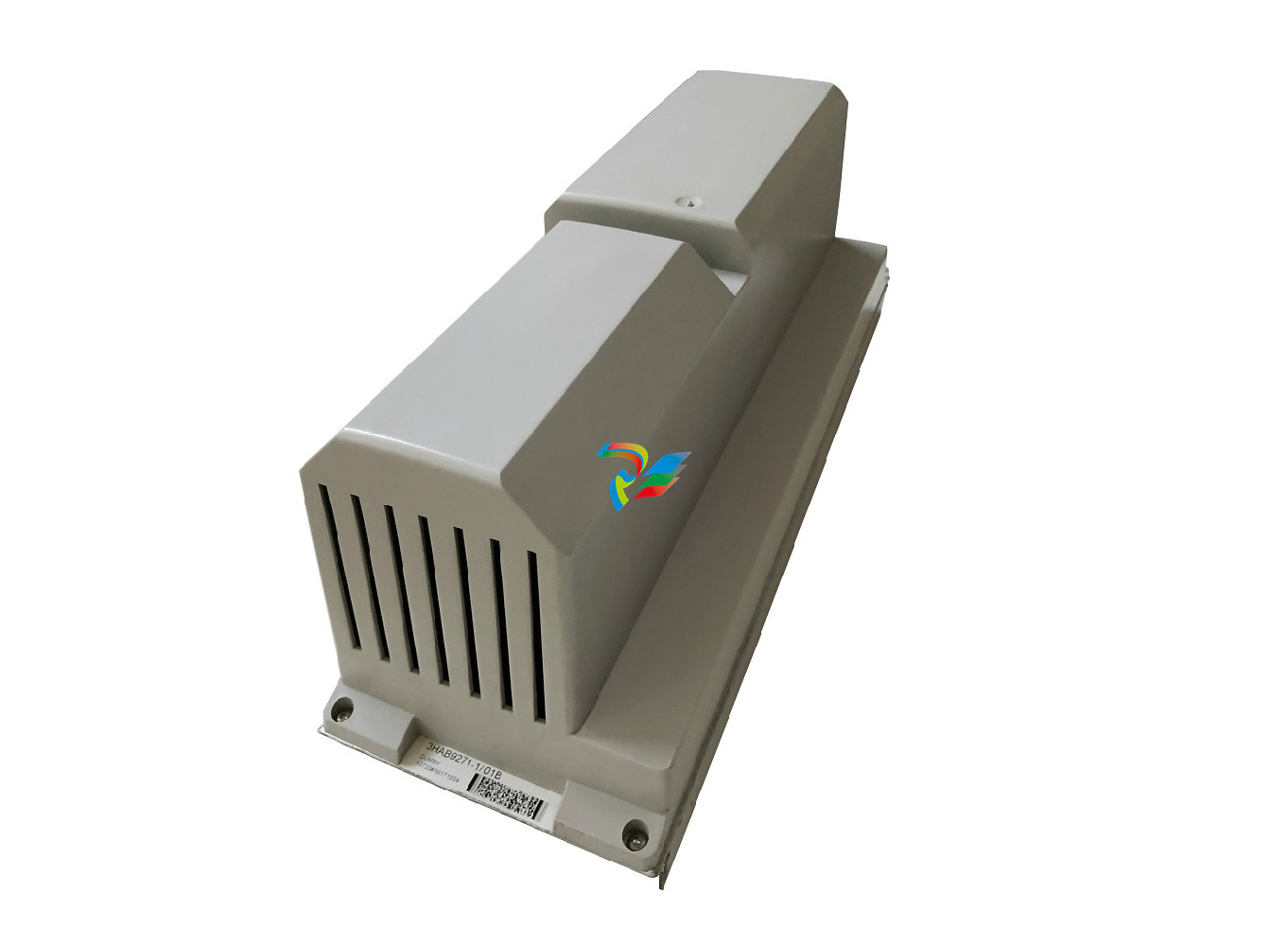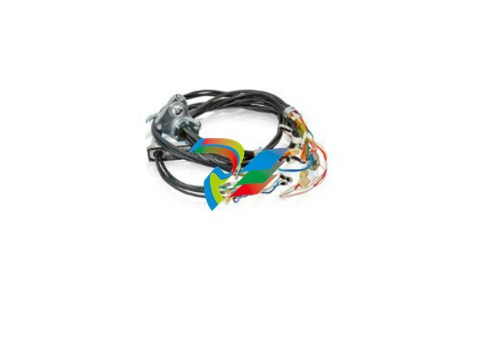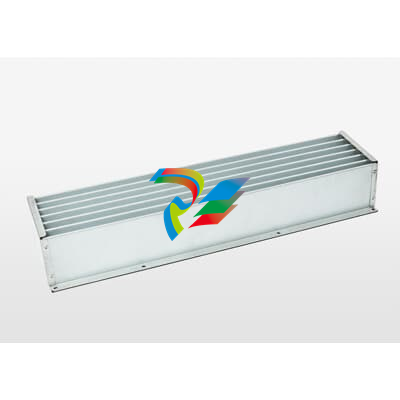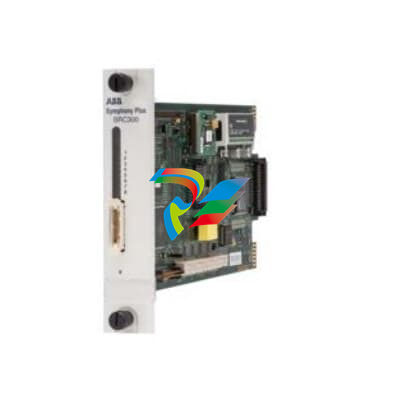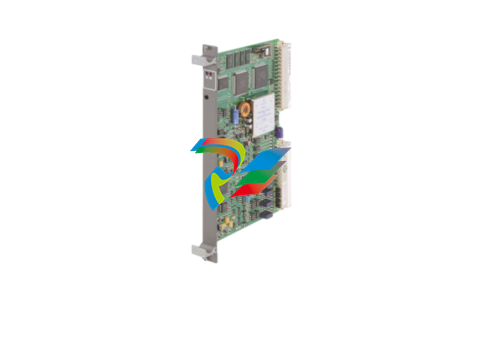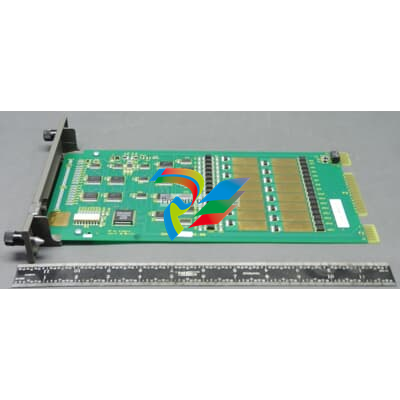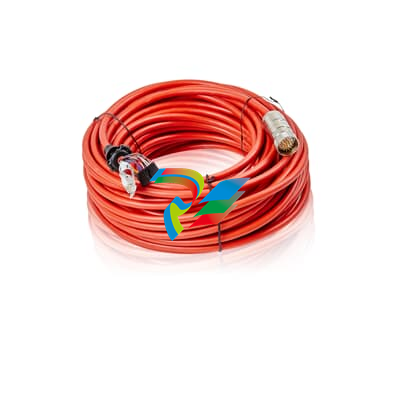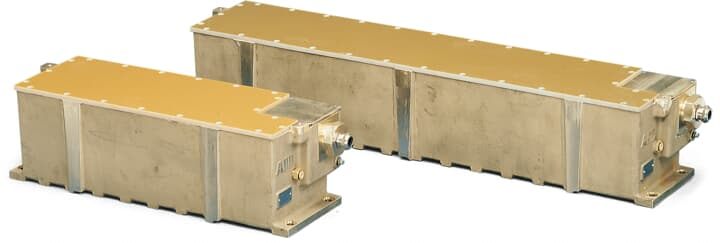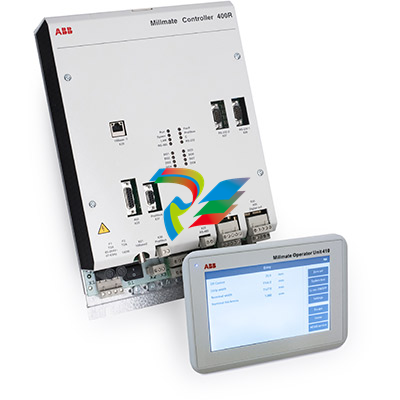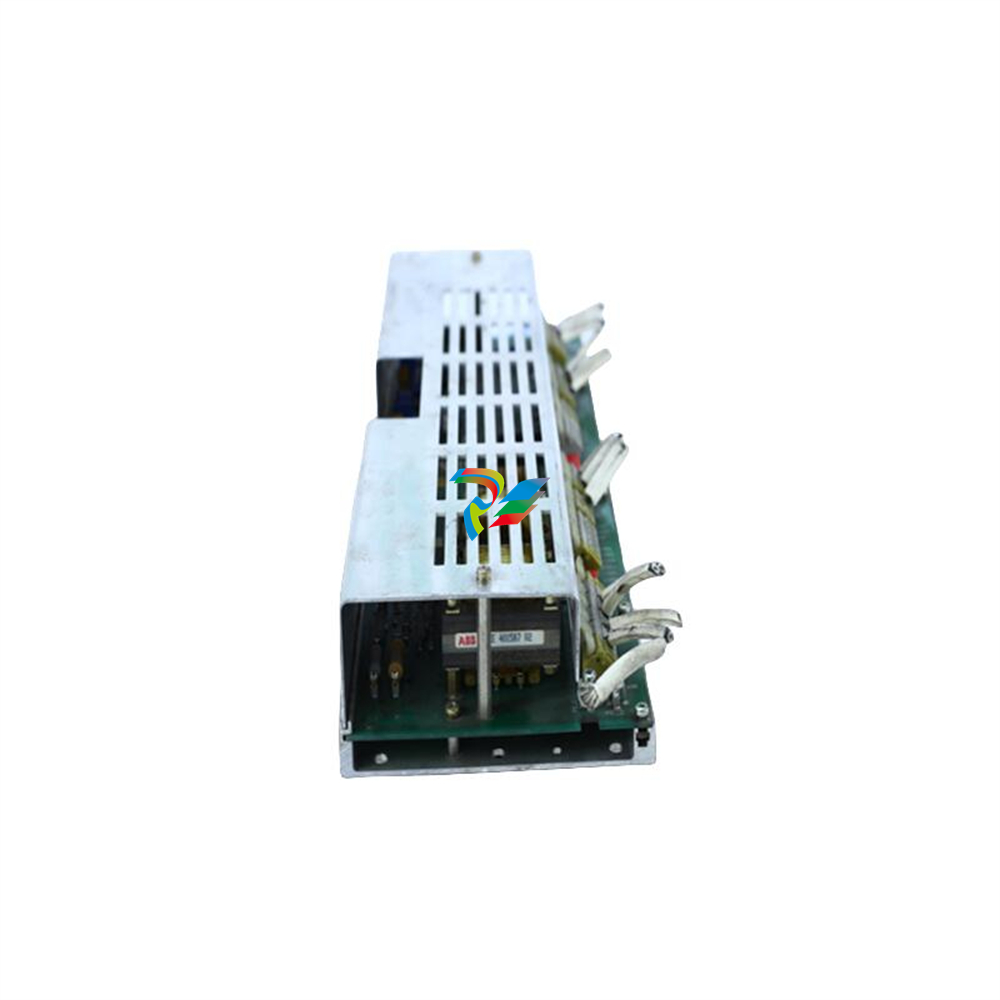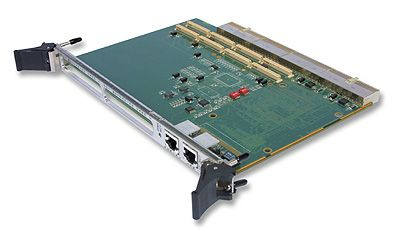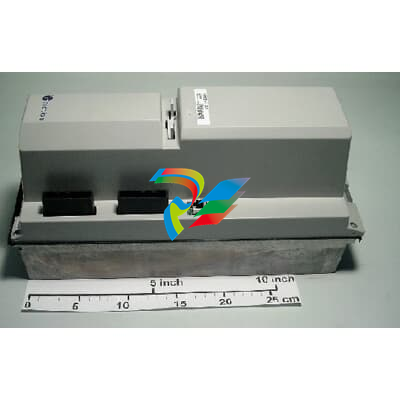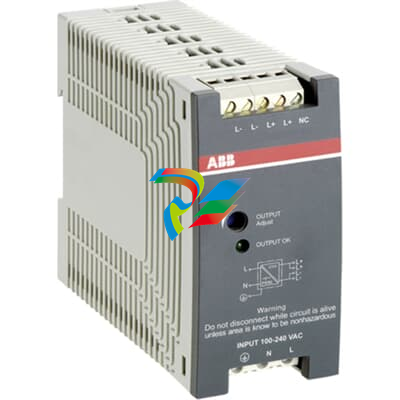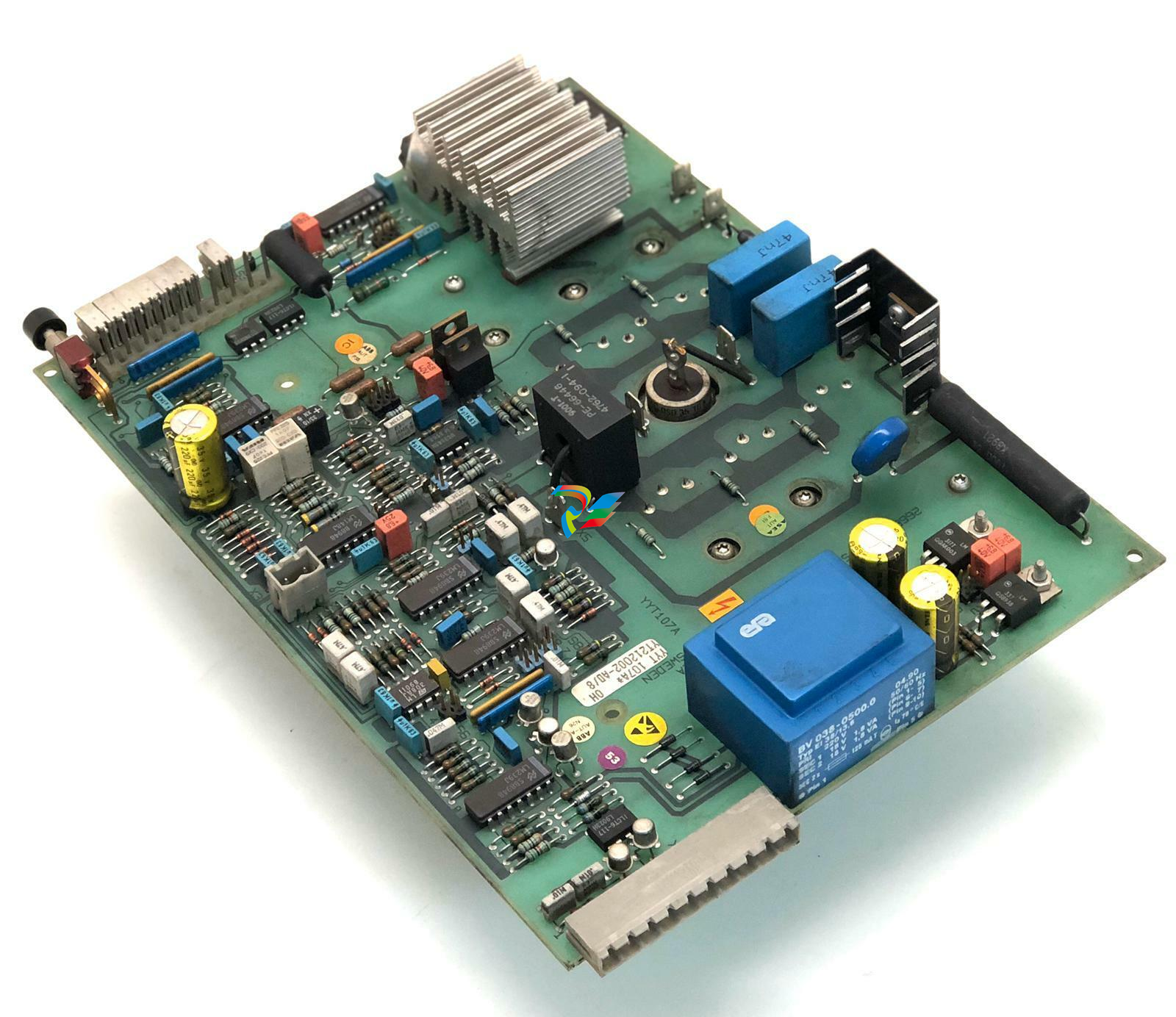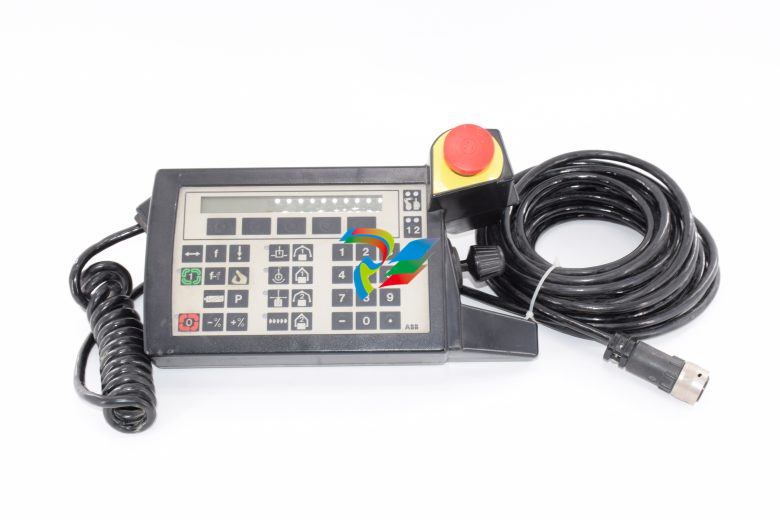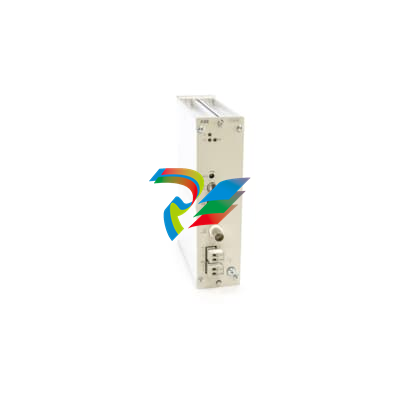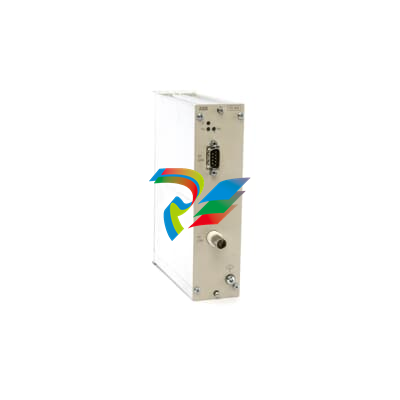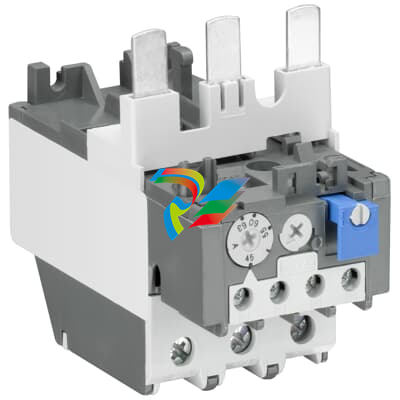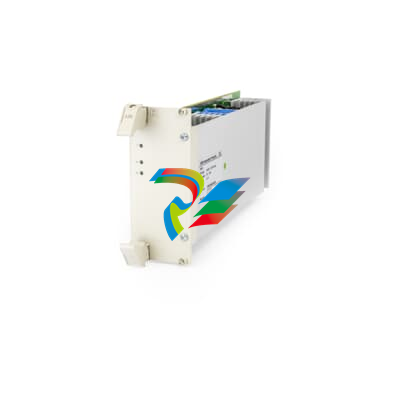
METRIXHIGH TEMPERATURE VELOCITY TRANSDUCER
1. PURPOSE PURPOSE
The purpose of this safety manual is to establish the safety aspect of the Metrix - 5845C High Temperature Velocity
transducer and to enable the integration of this device into a safety related system, with the objective to be in compliance
with the requirements of the IEC 61508-2 Annex D. The information contained in this Safety Manual are valid for the model
indicated in the paragraph 4.1.
When the 5845C High Temperature Velocity transducer is in included in a Safety Instrumented Function, the integrator shall
evaluate the performance of the device into the SIF loop, in order to ensure its proper implementation.
2. TERMS, DEFINITIONS AND A TERMS, DEFINITIONS AND ABBREVIATIONS REVIATIONS REVIATIONS
2.1. TERMS AND DEFINITIONS TERMS AND DEFINITIONS
Architecture
Arrangement of hardware and/or software elements in a system.
Architectural constraint
This reports the maximum SIL achievable based on the SIF’s subsystems architecture alone. This is calculated solely on
the basis of Type A or Type B device selection, redundancy (hardware fault tolerance), and the safe failure fraction
(calculated or conservatively assumed if no data is provided). It does not pertain to Systematic Capability or
certification. This is calculated as indicated, using respective IEC 61508 or IEC 61511 tables.
Architectural Type
- Type A equipment or (sub)system: “Non –complex” (sub)system or equipment according 7.4.3.1.2 of IEC 61508-2;
- Type B equipment or (sub)system: “Complex” (sub)system or equipment according 7.4.3.1.3 of IEC 61508-2.
Diagnostic Coverage
Fraction of dangerous failures rates detected by diagnostics. Diagnostics coverage does not include any faults detected
by proof tests.
Mean Repair Time
Expected overall repair time
Mean Time to Restoration
Expected time to achieve restoration.
Mode of operation
Way in which a SIF operates which may be either low demand mode, high demand mode or continuous mode:
• Low Demand Mode: mode of operation where the SIF is only performed on demand, in order to transfer the
process into a specified safe state, and where the frequency of demands is no greater than one per year;
• High Demand Mode: mode of operation where the SIF, is only performed on demand, in order to transfer the
process into a specified safe state, and where the frequency of demands is greater than one per year;
• Continuous Mode: where the mode of operation where the SIF retains the process in a safe state as part of normal
operation.
MooN
SIS, or part thereof, made up of “N” independent channels, which are so connected, that “M” channels are sufficient to
perform the SIF.
Hardware Fault Tolerance
A hardware Fault Tolerance of N means that N+1 is the minimum number of faults that could cause a loss of the safety
function. In determining the hardware fault tolerance no account shall be taken of other measures that may control the
effects of faults such as diagnostics.
Probability of dangerous Failure on demand PFD
Average probability of dangerous failure on demand.
Probability of dangerous Failure per Hour PFH
Average probability of dangerous failure within 1 h.
Proof Test
Periodic test performed to detect dangerous hidden faults in a SIS so that, if necessary, a repair can restore the system
to an “as new” condition or a close as practical to this condition.
Safe Failure Fraction
Property of a safety related element that is defined by the ratio of the average failure rates of safe plus dangerous
detected failures and safe plus dangerous failures.
Safety instrumented function (SIF)
Safety Function to be implemented by a safety instrumented system (SIS)
Safety instrumented system (SIS)
Instrument system used to implement one or more SIFs.
Safety Integrity
Ability of the SIS to perform the required SIF as and when required.
Safety Integrity Level (SIL)
Discrete level (one out of four) allocated to the SIF for specifying the safety integrity requirements to be achieved by
the SIS.
Safe State
State of process when safety is achieved.
Systematic Capability
Measure (expressed on a scale of SC 1 to SC 4) of the confidence that the systematic safety integrity of a device meets
the requirements of the specified SIL, in respect of the specified safety function, when the device is applied in
accordance with the instructions specified in the device safety manual.
λ
Failure rate (per hour) of a channel in a subsystem.
λD
Dangerous failure rate (per hour) of a channel in a subsystem.
λS
Safety failure rate (per hour) of a channel in a subsystem.
λDU
Dangerous undetected failure rate (per hour) of a channel in a subsystem.
λDD
Dangerous detected failure rate (per hour) of a channel in a subsystem.
functional safety
part of the overall safety relating to the EUC and the EUC control system that depends on the correct functioning of the


































































































